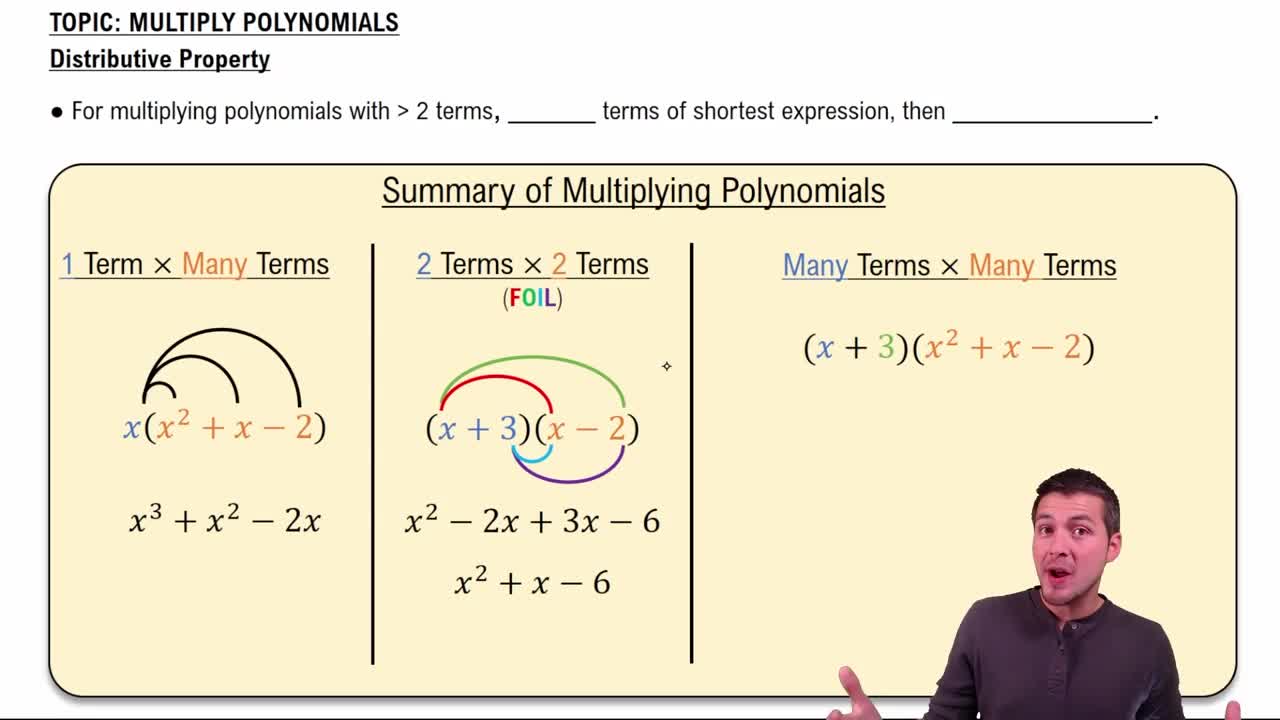Here are the essential concepts you must grasp in order to answer the question correctly.
Linear Equations
A linear equation is an algebraic expression that represents a straight line when graphed. It typically takes the form ax + b = c, where a, b, and c are constants. Solving a linear equation involves finding the value of the variable that makes the equation true, which often requires isolating the variable on one side of the equation.
Recommended video:
Categorizing Linear Equations
Distributive Property
The distributive property is a fundamental algebraic principle that states a(b + c) = ab + ac. This property allows you to multiply a single term by two or more terms inside parentheses. In the context of solving linear equations, applying the distributive property is essential for simplifying expressions and combining like terms effectively.
Recommended video:
Multiply Polynomials Using the Distributive Property
Checking Solutions
Checking solutions involves substituting the found value of the variable back into the original equation to verify its correctness. This step ensures that the solution satisfies the equation and helps identify any potential errors made during the solving process. It is a crucial practice in algebra to confirm that the solution is valid.
Recommended video:
Restrictions on Rational Equations
 Verified step by step guidance
Verified step by step guidance


